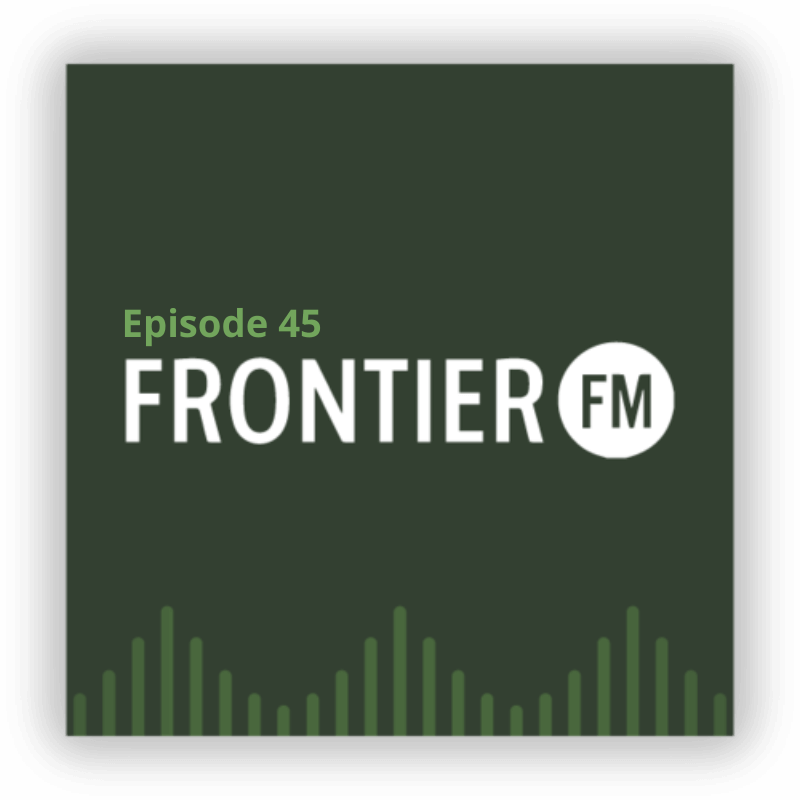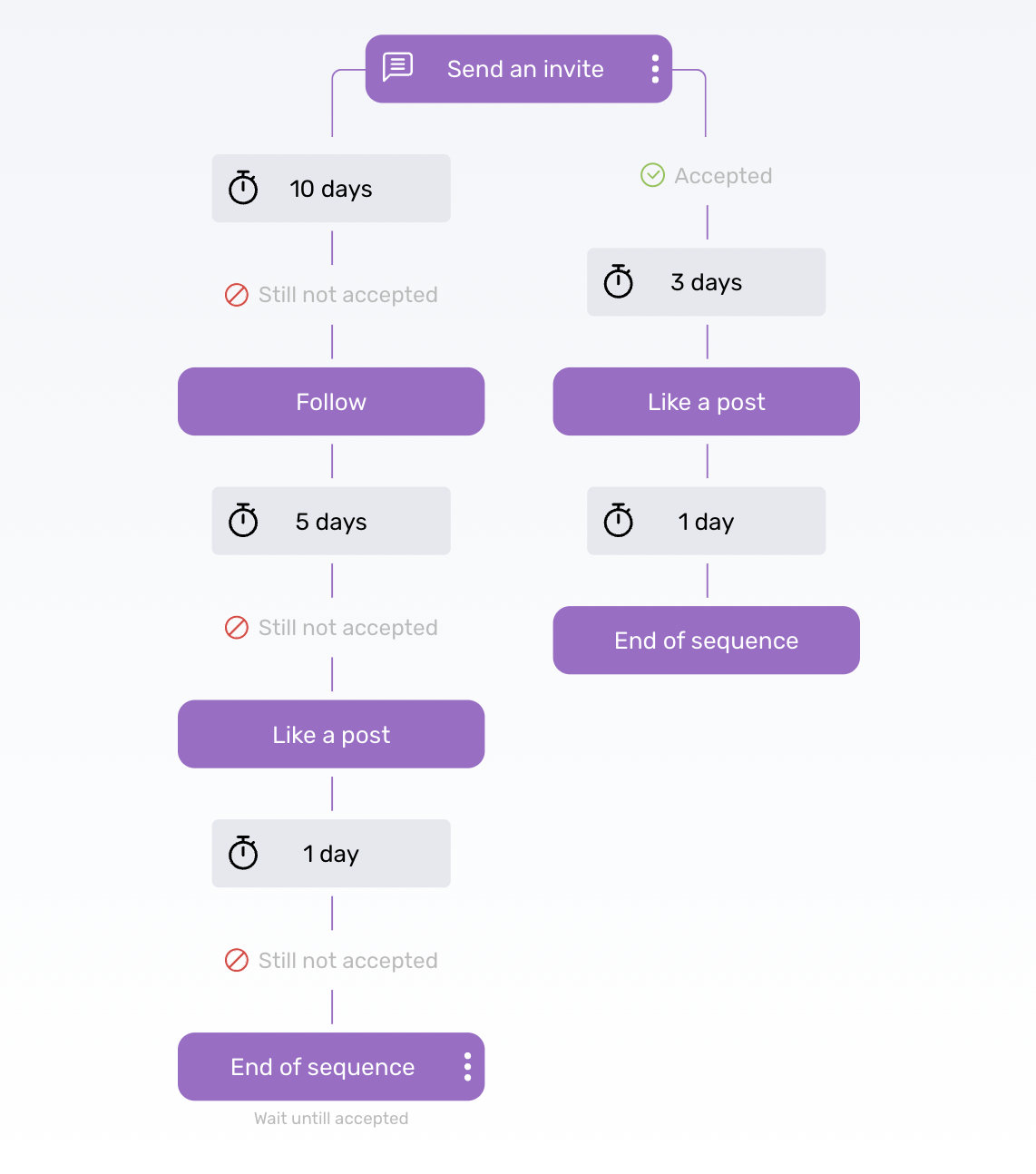Episode 54
With Benjamin Johnson
As summer comes to a close, a potential recession looms over the market and the media. Whether or not an economic downturn is waiting around the corner, charities need to be prepared to weather the storm. On this episode, Ben talks through the thoughts, methodologies, and tactics he recommends to help your organization stay successful in the face of adversity.
You will want to hear this episode if you are interested in...
What to do when your organizational resilience is tested [1:50]
Why charities should stay the course during economic challenges [5:47]
Leaning into innovation and letting your donors surprise you [7:04]
The power of continued communication [10:36]
How charities create hope [12:08]
Keep fundraising
Challenging times are an opportunity to test your organizational resilience. If there is a recession, charities should be the LAST people shutting down their marketing machine. There’s no better way to guarantee your revenue tanks than by slowing down your fundraising efforts. Your cause exists for a reason, and the need remains, especially during times of economic hardship. Your supporters know this, too. And when their awareness of financial need is high, donors are more likely to give. But most donors still need to be asked. If you stop asking donors to support your cause, not only are you making decisions for them, you’re sealing your own fate. The frequency, timing, and tone of your offers may change. But one thing is for sure, you must keep asking for money.
Don’t underestimate your donors
One of the biggest mistakes a fundraiser can make is assuming their donor’s giving ability based on the economic forecast. Donors give to your charity because they’re invested in your cause. Never underestimate their loyalty and generosity. Your work matters to them, and for most, giving feels good. While many donors will feel the impact of a recession, they also care most about how the economy affects the beneficiaries of their support. Tell them what you’re doing to help and how their dollars are making a difference. And remember, donors don’t care how the recession impacts your organization’s bottom line – they care how it impacts the community you serve. While the two are intertwined, your cause is an easier sell than your operating costs.
Offer hope
Charitable organizations are uniquely qualified to offer hope and optimism to the world, especially during difficult times. They’re in the business of providing confidence and assurance that things will get better. It should be every charity's goal to provide a spark of joy and opportunity when the night is darkest. Donors may not be able to afford all the latest Apple products right now, but they can still be generous with the help of your organization. That is the ultimate win for a fundraiser! Remember all that’s good about your organization and what you do. Then, seek out opportunities like lifts, newsletters, annual reports, and social media to share your inspiring stories with your community. Stay the course with optimism and hope, and you may come out of a potential recession with more supporters than when it began.
Resources & People Mentioned
Email Frontier FM YOUR fundraising questions at junkmail@frontier.io!
How to Fundraise During a Recession (Frontier Resource)
7 Fundraising Tips for Surviving the Apocalypse of 2022 (Agitator)
Google Search Data and Recessions (Instagram)
Age of Inflation in US Will Last Much Longer Than Pandemic Spike
Connect With Frontier
Follow Benjamin Johnson on LinkedIn
Follow Matt Hussey on LinkedIn
Follow Megan McCaffery on LinkedIn
Website: https://Frontier.io
Frontier on LinkedIn: https://www.linkedin.com/company/frontiermarketingco/
Follow Frontier.FM on
Apple Podcasts, Spotify, Google Podcasts








































